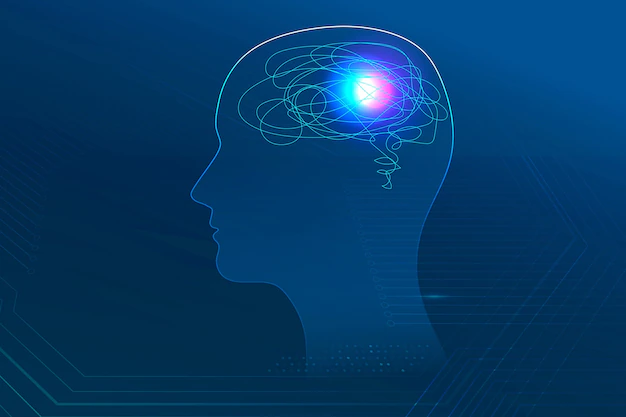Electroconvulsive Therapy for Treating Depression

Electroconvulsive therapy (ECT) is a medical treatment that involves sending small electric currents through the brain to cause a brief seizure. It is primarily used to treat severe cases of depression that have not responded to other forms of treatment, such as medication or psychotherapy.
During ECT, the patient is put under general anesthesia, and electrodes are placed on their scalp. The electric currents are then sent through the electrodes and into the brain, which triggers a seizure. The entire process takes about 5-10 minutes.
ECT is believed to work by changing the chemistry in the brain, specifically the levels of neurotransmitters such as serotonin, dopamine, and norepinephrine. It is not entirely clear how these changes alleviate depression, but it is thought that the seizure caused by the electric current may help “reset” the brain in some way.
ECT is generally considered safe, although there are some risks involved. The most common side effect is temporary memory loss, but this usually resolves within a few weeks. Other potential side effects include headache, muscle soreness, and nausea.
Despite its effectiveness, ECT is often considered a last resort due to its potential risks and the stigma associated with the treatment. It is typically only recommended for patients with severe depression who have not responded to other treatments, or for those who cannot tolerate medication due to side effects or other medical conditions.
